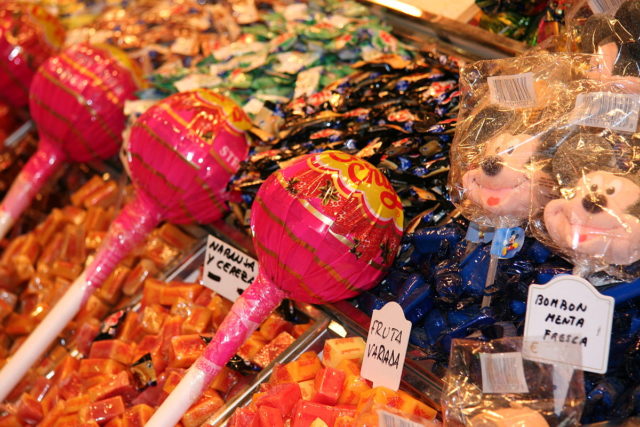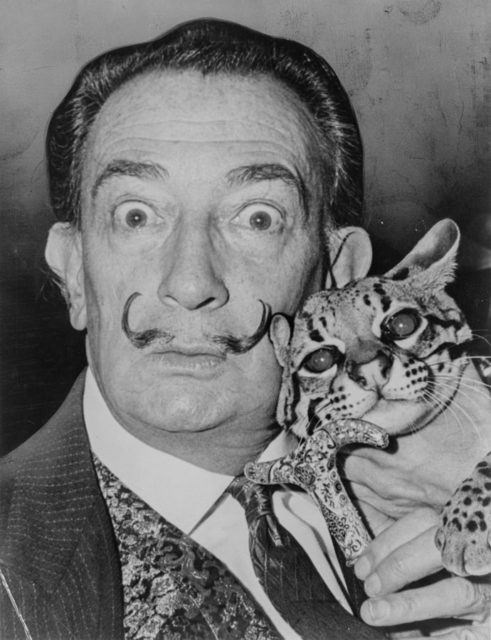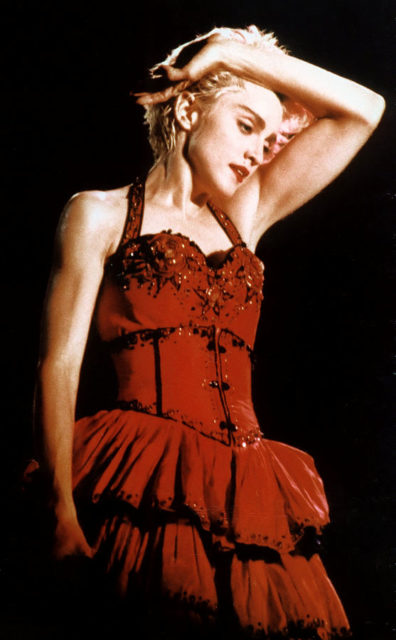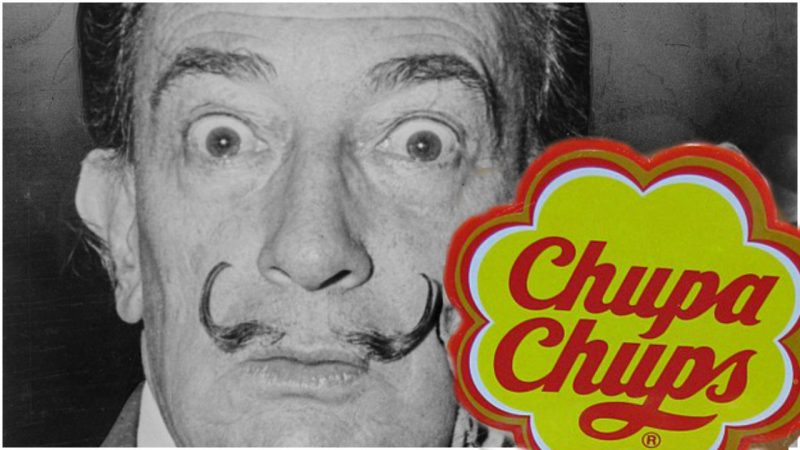The Spanish lollipop “Chupa Chups” has had its history of ups and downs, but today its worldwide recognition puts it among the best of the most famous brands of candy.
It is very easy to recognize the yellow and red bloom-like swirl, with the cursive words “Chupa Chups” in the middle. The sweet, full of taste flavors are a joy and delight to any child and adult.
This popular confectionery treat sells in over 150 countries around the globe.
It was found by Enric Bernat who priorly worked in Granja Asturias, a factory which made jam from apples and other fruits. He sparked the lollipop-making business plan, took over the company in 1958, built the candy machines himself, and gave it the famous “Chupa Chups” name.
The newbie candy maker began selling striped sweets on a stick for cheap prices. Bernat’s striped lollipops struggled to push the business during the 60s, but all it took to speed up the pace was a genius painter and a minimalistic approach.

Bernat got the idea of “candy on a stick” when he spotted a child being scolded by its mother for having sticky hands from the candy it had been eating. In those days, confectionary treats were not made for children, unlike today.
He felt that this was all wrong, so he made his employees place the lollipops near the cash register. Bernat put a smile on many children’s faces with this idea, as now sweets are just within reach of their little mitts.
In 1969, Bernat was having coffee with a friend, the eccentric artist Salvador Dalí. He asked him to design him a new logo, as the worried Bernat thought that his business might be in danger of decline.
Reportedly, the painter began working on the logo immediately. He sketched and doodled for an hour on the newspaper while they were at the café.

Dalí managed to flawlessly inscribe the famous lettering within the borders of a flower-like design. Bernat immediately liked the minimalistic approach of the surrealist painter, and the logo hasn’t changed much since.
Dalí also suggested the brilliant idea that the logo should be placed on top of the candy wrapper so that the design may always be visible. With Bernat wisely following the genius’ advice, the logo became just as recognizable as Dalí’s melted watches.

This lollipop’s distinct marketing history reveals the many ways of how Chupa Chups targets its consumers. The first Chupa Chups marketing campaign used a “És rodó i dura molt, Chupa Chups” slogan, which translates “It’s round and long-lasting” in Catalan.Additionally, there has been action in engaging the adult masses as consumers. The marketing slogan “Smoke Chupa Chups” was created to utilize the growing anti-smoking agenda being promoted by governments to attract adult consumers.
“Stop smoking, start sucking,” “Sucking does not kill,” and other slogans have wittily parodied the anti-smoking policies found on cigarette packs. Intentionally, the company’s name has been taken from the Spanish word “chupar,” which means “to suck”. This also explains the mythological beast “El Chupacabra,” which sucked goat’s blood.
Read another story from us: Interesting stories behind world-famous logos
Nevertheless, the company’s confectionary treats were selling at 300,000 outlets within five years of the first logo design. With 2,000 employees, a turnover of €500 million, and a staggering four billion lollipops a year which are sold to 150 countries around the world, it just shows the brilliant mind of the wacky surrealist genius, even when it comes to marketing ideas.
